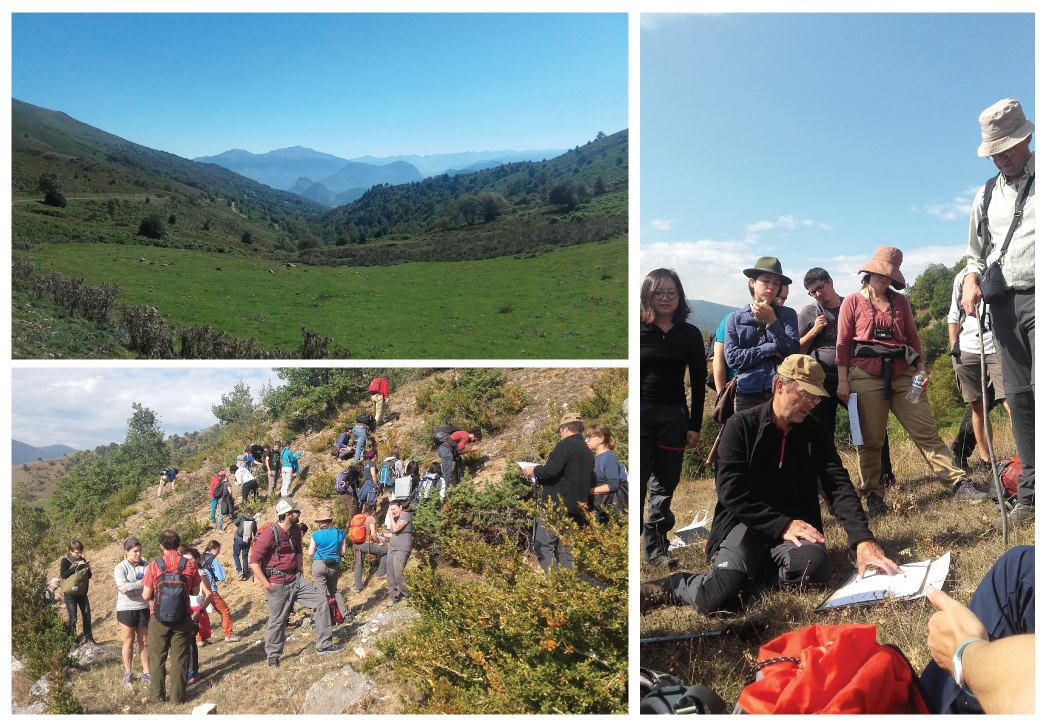
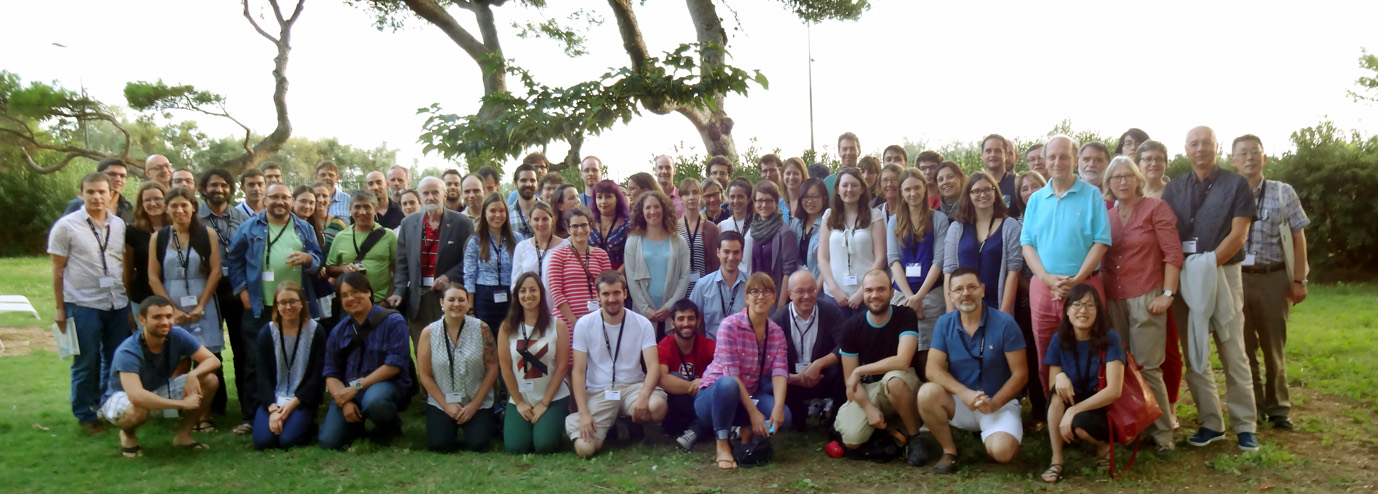
The 4th international 'Serpentine Days' Workshop was recently held in the Lazaret resort in Sète (Southern France) from 25 to 29 September 2016. It was supported by the Société Française de Minéralogie et de Cristallographie (SFMC), Géosciences Montpellier, the CNRS, the Université de Montpellier, The Institut des Origines and the Université de Lyon, the région Occitanie Pyrénées-Méditerranée, and the Deep Carbon Observatory.
More than 85 scientists from 13 countries with broad interest and expertise in the geological, physical, chemical, and microbiological processes of, and related to serpentinization joined for four days to present and share new findings in this exciting field of research. The participation of colleagues from NASA expanded our views on possible serpentinisation on Mars.
The next Serpentine Days will be organized by Marco Scambelluri (U. Genova, Italy), Alexis Templeton (University of Colorado at Boulder), Alberto Vitale-Brovarone (IMPMC-CNRS Paris), Oliver Plümper (Utrecht University)and Nadège Hilaire (Lille University) in 2020. Stay tuned!
The complete program of the Serpentine days 2016 can be found here together with the book of abstracts.

The strategic location of Sète enabled us to enjoy the first mild days of Autumn in an endless discussion on serpentinisation’s side products such as methane, or the intriguing and evasive brucite.
The programme was divided in 8 sessions:
Session I Serpentines and tectonics
Session II Serpentines and tectonics
Session III Subduction: serpentines and beyond
Session IV Serpentinization: an experimental perspective
Session V Serpentinization, redox & carbon cycle
Session VI Serpentinization & life
Session VII Ophiolites as field laboratories
Session VIII Serpentinization in extra-terrestrial systems
It was complemented by two poster sessions:
Session I
Mineralogy, petrophysics and mechanics of serpentinites
Experimental petrology of serpentinite
Subduction processes
Session II
Serpentinization in oceanic settings
Serpentinization and life
Ophiolites as field laboratories
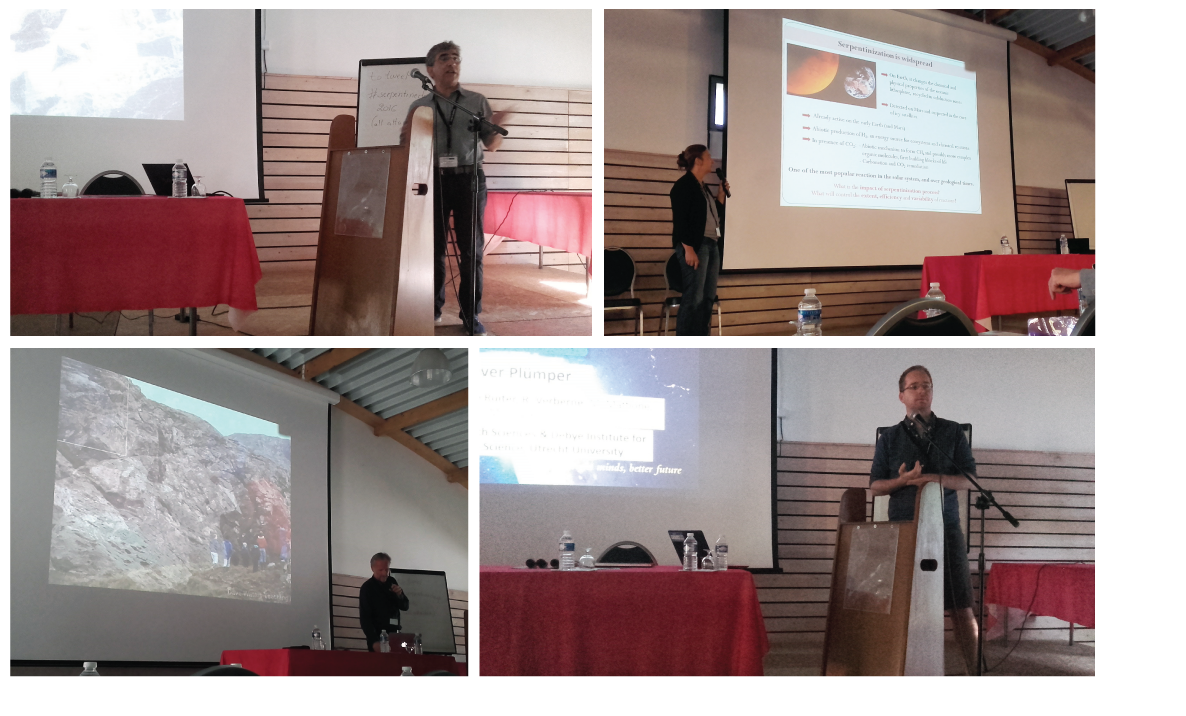
All sessions were introduced by outstanding keynote speakers who ignited a passionate time for discussion that continued during coffee breaks and poster sessions. The nearby beach and the splendid weather were much appreciated during spare time between the morning and the afternoon sessions. Participants also enjoyed a gourmand «aperitif Sétois» on the night of the second day.

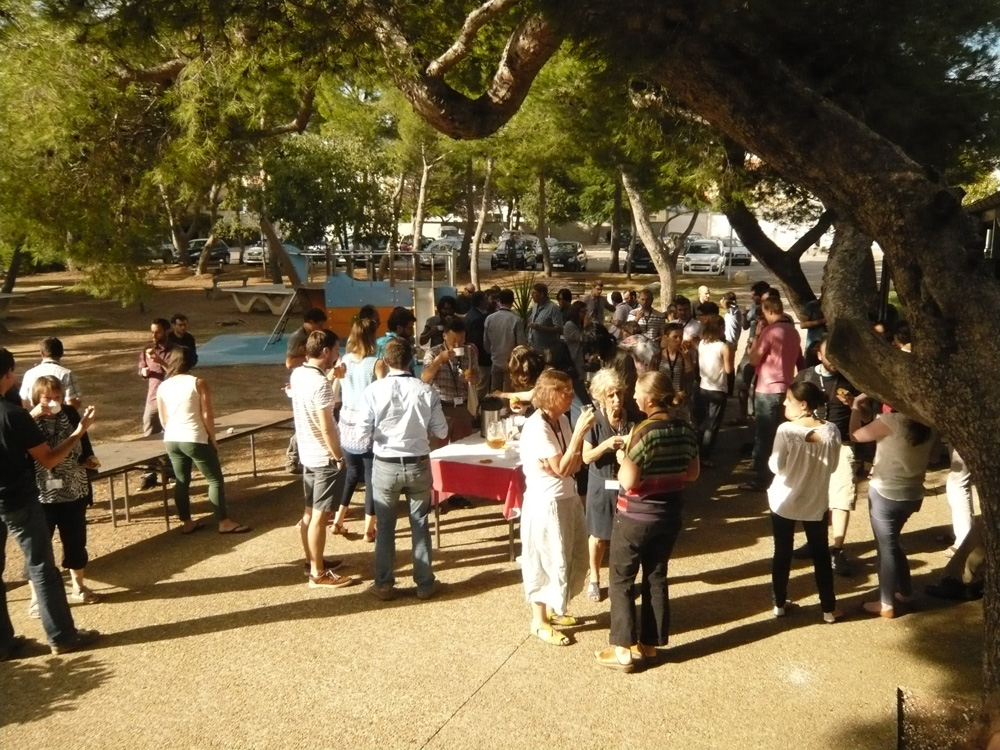
To complete the workshop a two-day field trip to the Pyrénées was led by Yves Lagabrielle (Univ. Rennes, France) and Michel de Saint-Blanquat (Univ. Paul Sabatier – Toulouse, France), assisted by Ricardo Asti and Jessica Uzel. The field trip was joined by more than 40 participants, and allowed them to discover field evidences of mantle denudation associated to cretaceous rifting event in the North Pyrenean Zone (Étang de Lers and Bestiac). Special attention was given to the carbonatation and serpentinization imprint in the lherzolitic bodies, and to its connection with the high-temperature and low-pressure metamorphic event recorded in scapolite-bearing marbles, anorthite-bearing metaevaporites and intriguing sapphirine-bearing breccias. Once more the good weather accompanied us for two days allowing a gentle walk on mantle tectono-sedimentary contacts, precisely illustrated by Yves with talented in situ drawings.

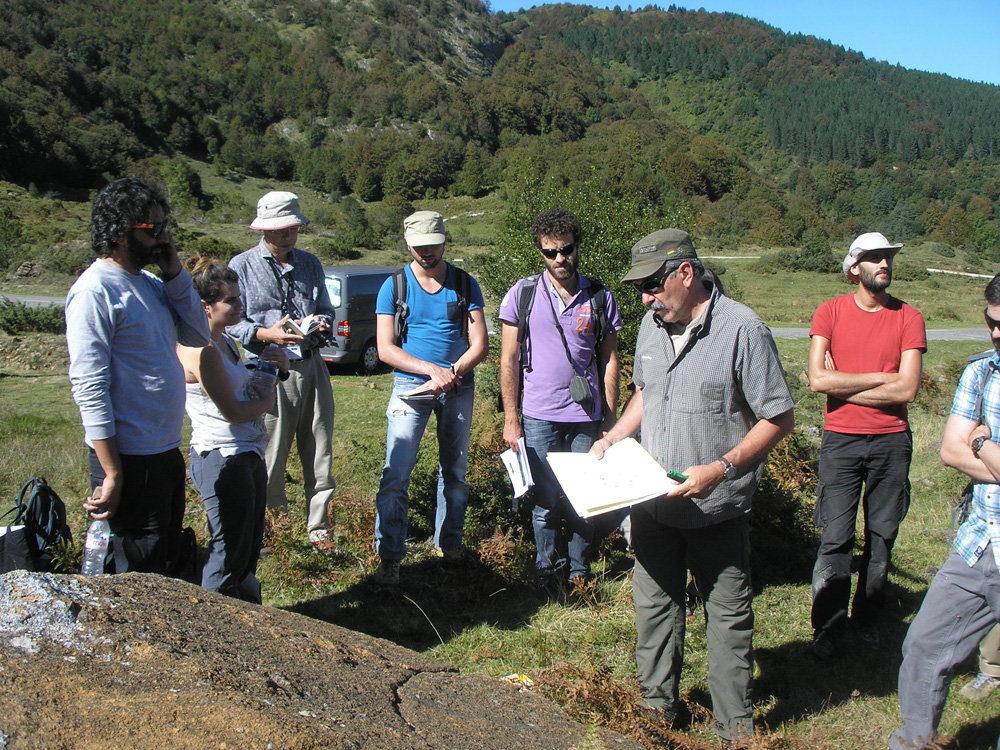
After an intense week one starts to realise the complex, and not yet completely understood history that happens when the Earth mantle decides to swim in the ocean.
